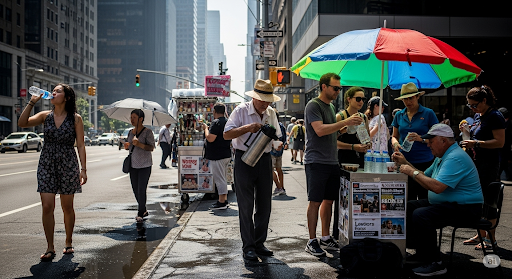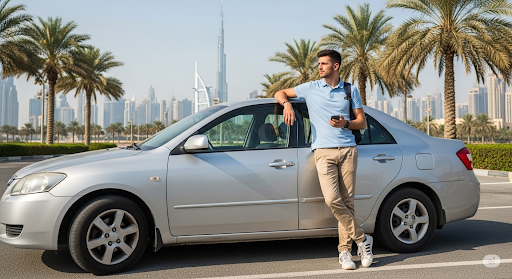Traveling Through Time: How Europe’s Historical Heritage Shapes Modern Lifestyles in 2025
Focus Keyword: Traveling Through Time
Traveling Through Time is an immersive experience that allows us to explore the vast and diverse historical heritage of Europe, and understand how it continues to shape modern lifestyles in 2025. From the ancient ruins of Greece and Rome to the modern cities of London and Paris, Europe’s historical landmarks, cultural traditions, and artistic achievements have had a profound impact on the way we live, work, and interact with each other today.
Section 1: Introduction to Europe’s Historical Heritage
Europe’s historical heritage is a treasure trove of stories, legends, and cultural traditions that have been passed down through generations. The continent is home to some of the world’s most famous and influential civilizations, including the ancient Greeks and Romans, the Renaissance Italians, and the Enlightenment Europeans. Each of these civilizations has left an indelible mark on modern European society, from the architecture and art of the past to the literature, music, and cuisine that we enjoy today.
Section 2: How Historical Heritage Shapes Modern Lifestyles
So, how does Europe’s historical heritage shape modern lifestyles? One way is through the preservation and restoration of historical landmarks and cultural traditions. Many European cities have made a concerted effort to preserve their historical centers, with cobblestone streets, medieval buildings, and grand monuments that attract millions of tourists each year. These landmarks not only provide a glimpse into the past but also serve as a source of inspiration for modern architecture, design, and art.
Another way that historical heritage shapes modern lifestyles is through the continuation of cultural traditions. Many European countries have a rich cultural heritage, with festivals, celebrations, and customs that date back centuries. For example, the Tomatina festival in Spain, the Carnival of Venice in Italy, and the Oktoberfest in Germany are all testaments to the enduring power of cultural tradition. These events bring people together, foster a sense of community, and provide a unique experience for tourists and locals alike.
Section 3: Modern Lifestyles in 2025
So, what do modern lifestyles look like in 2025? One trend that is shaping modern lifestyles is the increasing importance of sustainability and environmentalism. Many European cities are at the forefront of this movement, with initiatives such as green roofs, renewable energy, and eco-friendly transportation. For example, Copenhagen is aiming to be carbon neutral by 2025, while Paris is investing heavily in electric vehicles and green infrastructure.
Another trend that is shaping modern lifestyles is the rise of digital technology and social media. Many Europeans are using digital platforms to connect with each other, share experiences, and access information. For example, social media platforms like Instagram and Facebook are being used to promote cultural events, share historical landmarks, and connect with like-minded individuals. Furthermore, digital technologies such as virtual and augmented reality are being used to enhance the tourist experience, allowing visitors to explore historical landmarks in a more immersive and interactive way.
Section 4: Conclusion
In conclusion, Traveling Through Time is an immersive experience that allows us to explore the vast and diverse historical heritage of Europe, and understand how it continues to shape modern lifestyles in 2025. From the preservation of historical landmarks to the continuation of cultural traditions, Europe’s historical heritage is a rich and vibrant tapestry that continues to inspire and influence modern society. As we look to the future, it is clear that Europe’s historical heritage will remain an essential part of modern lifestyles, shaping the way we live, work, and interact with each other for generations to come.





